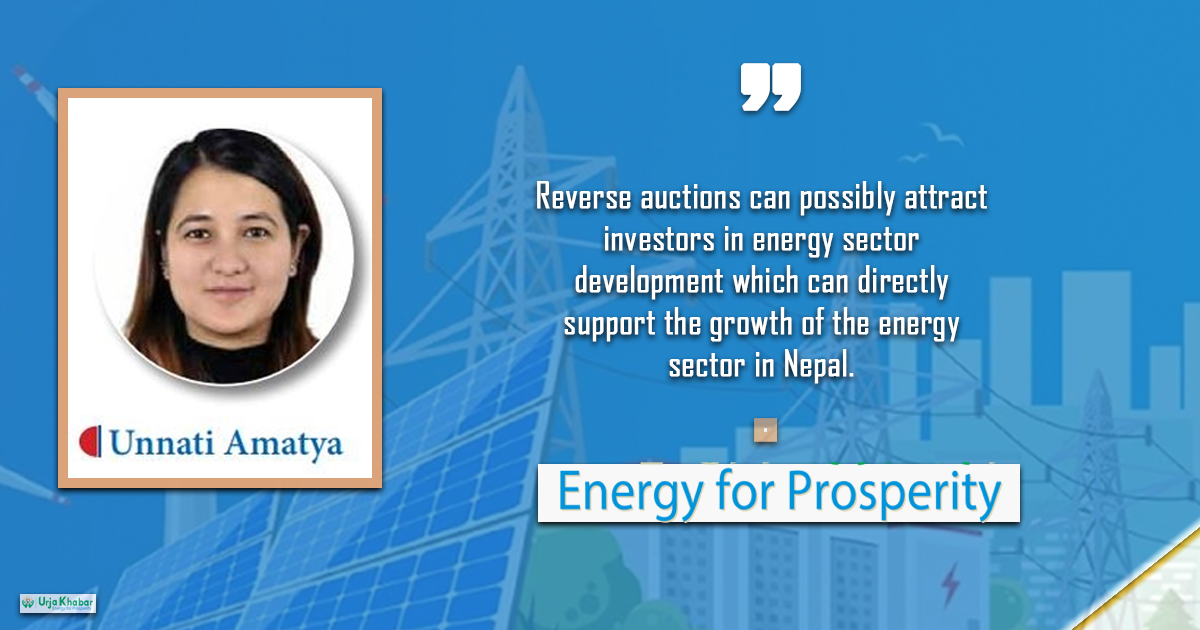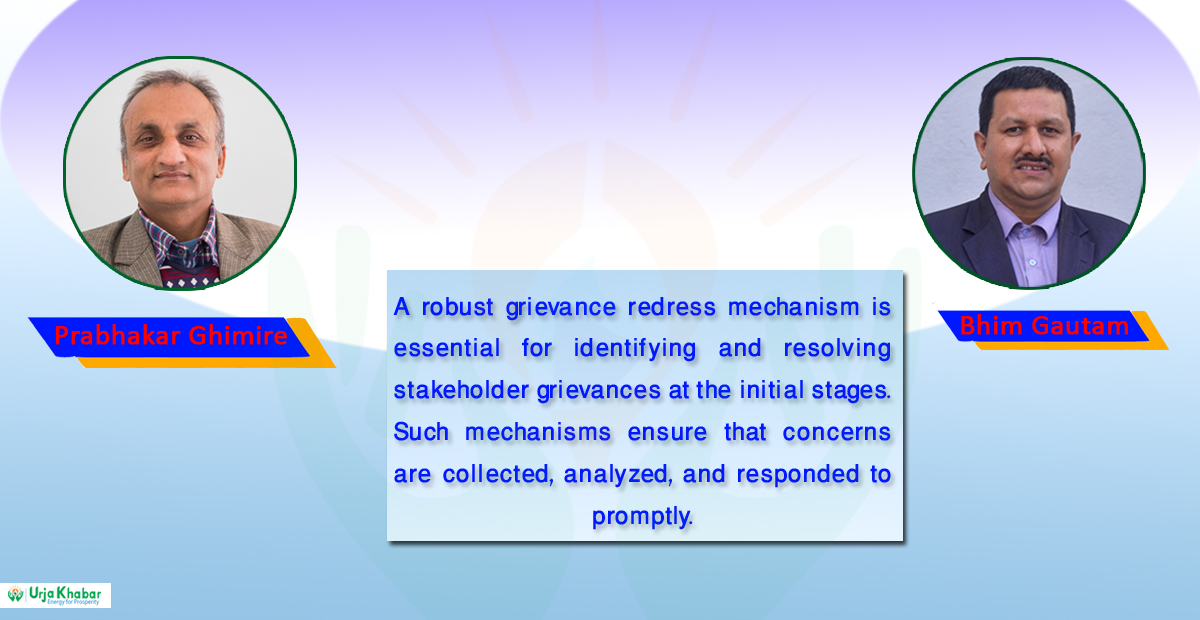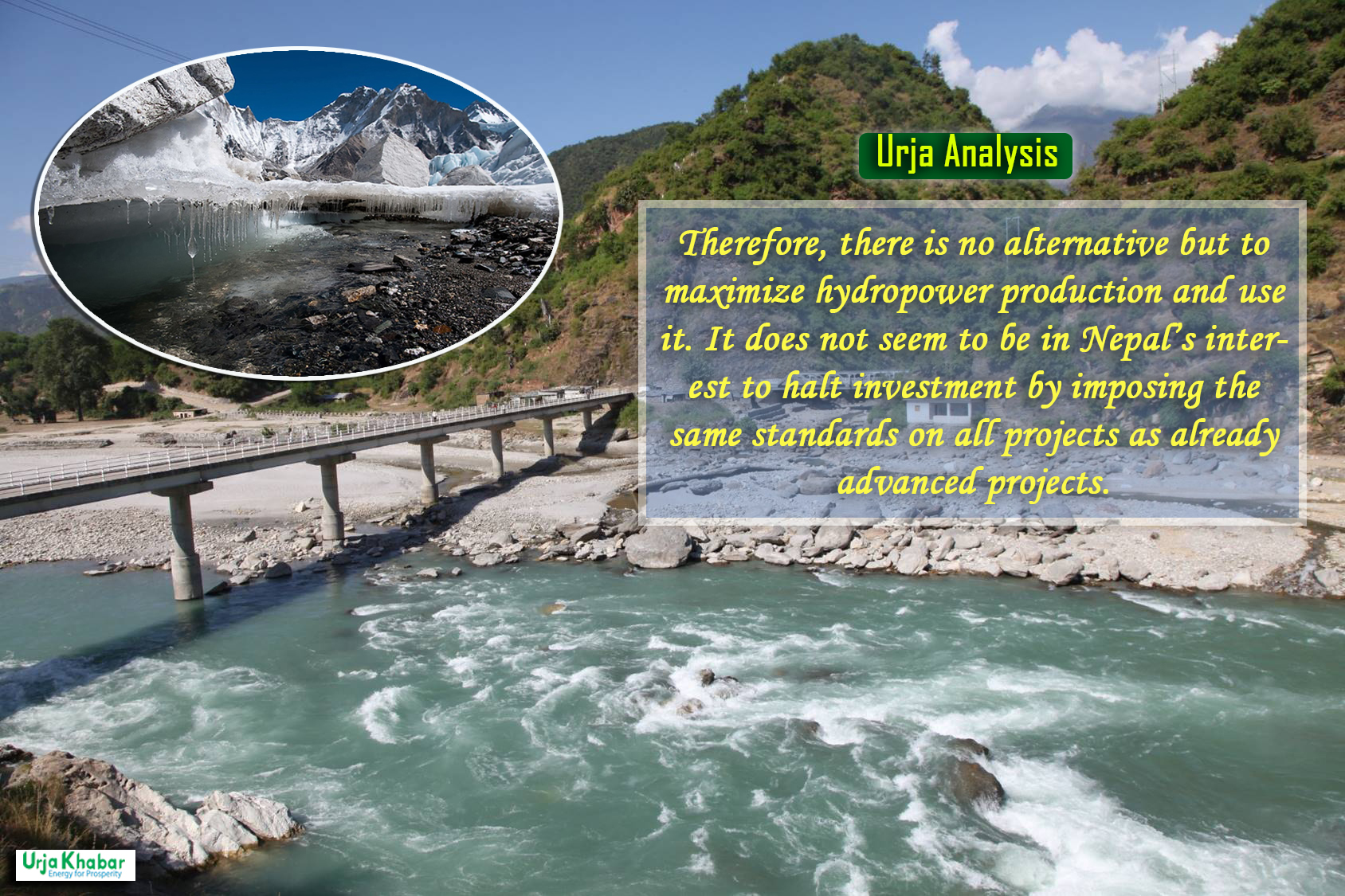Energy Update
Reverse Auction in Power Sector

In the present context, energy procurement is evolving continuously and in this situation, businesses and utilities are consistently exploring creative methods to procure energy solutions that are economical, competitive and sustainable. One of the prominent methods is the method of competitive procurement through reverse auction. This method of procurement turns the traditional auction model upside down, encouraging competition among suppliers, reducing costs, and offering a clear and effective platform for obtaining energy services. Reverse auction involves a competitive bidding procedure where energy suppliers compete for a contract to supply energy to a buyer. This type of auction is commonly used in the energy industry, especially for procuring electricity, renewable energy or related services.
Reverse auctions are often used for competitive bidding when awarding contracts for renewable energy projects. Developers bid for project capacities and the tariffs quoted during these auctions, which will determine the rates at which the government or utilities purchase the energy. Energy reverse auctions can contribute to cost efficiency by encouraging competition among potential suppliers, resulting in competitive tariff for energy services. The transparent nature of reverse auctions ensures fairness and openness in the procurement process.

The businesses and utilities are inclined towards energy reverse auction as it fosters competition which helps in reducing the tariff rate and as a result energy is procured at a competitive price. Auction and competitiveness automatically bring out the transparency in the process, which allows participants to see the lowest bid and adjust the tariff accordingly. Further, reverse auctions streamline the procurement process, reducing the time and effort required compared to traditional negotiation methods. The openness encourages innovation and allows buyers to explore various offerings. Not just being limited to the low tariff rate, buyers can evaluate other factors such as the reliability of the energy source, environmental sustainability, and contractual terms. Buyers can prioritize environmentally friendly energy sources, promoting the procurement of renewable energy and supporting sustainability goals.
The process of energy reverse auction varies from entity to entity; however, the process begins with the buyer outlining their energy needs, and mentioning the required services. This includes specifics like energy quantity, type, and contract terms. The buyer extends invitations to potential suppliers, initiating a competitive bidding process. This can be done through specialized online platforms designed for reverse auctions. Interested suppliers register for the auction, providing essential information about their capabilities and past performance. Some auctions may involve a pre-qualification process to ensure that the participating suppliers meet specific criteria. Suppliers submit initial bids, indicating the tariff rate at which they are willing to provide the required energy.

Unlike traditional auctions, the goal of this method is to decrease tariff rate as suppliers compete for the bid. If an auction platform is deployed, it will facilitate real-time competition, allowing suppliers to adjust their bids based on the current lowest tariff offer. This dynamic process continues until certain conditions, like a specified time limit or target tariffs are met. After selecting a supplier, the buyer engages in negotiations to finalize the provision of the contract. This involves discussions on delivery schedules, payment terms, performance guarantees, and other critical aspects of the contract. After negotiations are successfully completed, the buyer awards the contract to the selected supplier, marking the conclusion of the reverse auction process.
India has been actively promoting the adoption of renewable energy sources, such as solar and wind power. Reverse auctions have been widely utilized for procuring renewable energy capacity in India. The Government of India, through agencies like the Ministry of New and Renewable Energy (MNRE) and state electricity regulatory commissions, has been setting targets and policies to encourage the use of renewable energy. Reverse auctions lineup with these initiatives. Reverse auctions provide transparency in the procurement process, and the competitive nature helps in achieving cost-efficient prices for renewable energy, benefiting both the government/utility and consumers. Solar and wind energy projects, in particular, have seen significant participation through reverse auctions in India. Auctions for solar photovoltaic (PV) and wind energy projects have played a crucial role in India's renewable energy capacity expansion. States in India often conduct their own reverse auctions for renewable energy projects, aligning with national goals while addressing specific regional energy needs.
Recently, Nepal has also started using reverse auction for procuring electricity. Nepal is more inclined towards procurement of solar power through reverse auctions. Nepal enjoys more than 300 days of sunlight each year on an average. The national average of the sunshine hours is 6.8 per day. From this, we can say that Nepal is a country which has reasonably high solar potential. As Nepal has a potential in solar power and because competition to procure hydropower is challenging due to the site specific issues, in recent years, the Government of Nepal has introduced various programs and policies in order to procure solar power through competition and mixing of multiple types of renewable energy into the national grid.
In 2016, the Government of Nepal had published the ‘National Energy Crisis Prevention and Electricity Development Decade’ policy paper, in which the government had announced a plan to include solar and wind energy from 5-10% of the generation mix by 2026. That plan also included Nepal Electricity Authority (NEA) conducting tariff-based competitive bidding for solar projects at various locations of the country. Based on the commitment and for the enrichment of the solar projects, NEA has recently published a Request for Proposal for the procurement of solar projects having the total capacity of 100 MW through reverse auction. Under these bids, the developers are required to set up grid-connected Solar PV power projects in Nepal for sale of power generated from solar PV plants to the NEA through tariff-based competitive bidding process.
For the reverse auction of the solar projects, the NEA has adopted hybrid bidding which is also a reverse bidding process. In this reverse auction bidding, the ceiling price is determined in the initial round and then tariff-based bidding to discover the lowest price and eligible bidder in the second round. In the published request for proposal, it has been mentioned that the NEA will directly purchase power generated from solar PV plants by concluding the power purchase agreement with the selected developers. The selected developers would be allowed to sell the electricity generated for 25 years through the tariff determined by the tariff-based competitive bidding process. Even though the total capacity of the bid was 100 MW, the request for proposal allowed developers to submit the bid to the minimum capacity of 1 MW. In the evaluation criteria, the developer who has bid the lowest tariff was given the highest rank. However, in case if two developers have bid same tariff rate for the same project then, the rank would be provided in four steps:
1. Highest rank would be provided to the developer who holds the ‘Grid connection Agreement’ with the NEA for the proposed site.
2. If the developers have the ‘Grid connection agreement’ then the developer whose proposed substation is in Lumbini Province/Karnali Province/Sudurpaschim Province.
3. If the developers tie in the aforementioned criteria, then the developer holding the ‘Generation License’ would be provided higher rank.
4. In case if there is still a tie, then the developer with the highest net worth would be ranked higher.
In this way, the NEA had successfully conducted the reverse auction bidding process and awarded the bid to the selected developers. As this bidding process is competitive in nature, it encourages the bidders to offer the most cost-effective tariffs, resulting in potential cost savings to the procuring entity. This tariff-based competitive bidding has promoted the development of the solar projects, contributing to the growth of the sustainable energy sources in the overall energy mix in Nepal.
Hence, many countries, including Nepal, are increasingly focusing on developing renewable energy sources. Government policies and initiatives play a crucial role in shaping energy procurement strategies. Nepal has recently completed the tariff-based bidding for solar projects, however, in order to promote renewable energy or discover advanced procurement methods, energy reverse auctions through online platforms can be considered, where competition and transparency will be going together. Reverse auctions can possibly attract investors in energy sector development which can directly support the growth of the energy sector in Nepal.
Unnati is Advocate and Senior Associate at Abhinawa Law Chambers, this article is taken from 5th issue of Urja Khabar Semi-annual Journal Publish on 17th December, 2023
Conversation
- Info. Dept. Reg. No. : 254/073/74
- Telephone : +977-1-5321303
- Email : [email protected]














